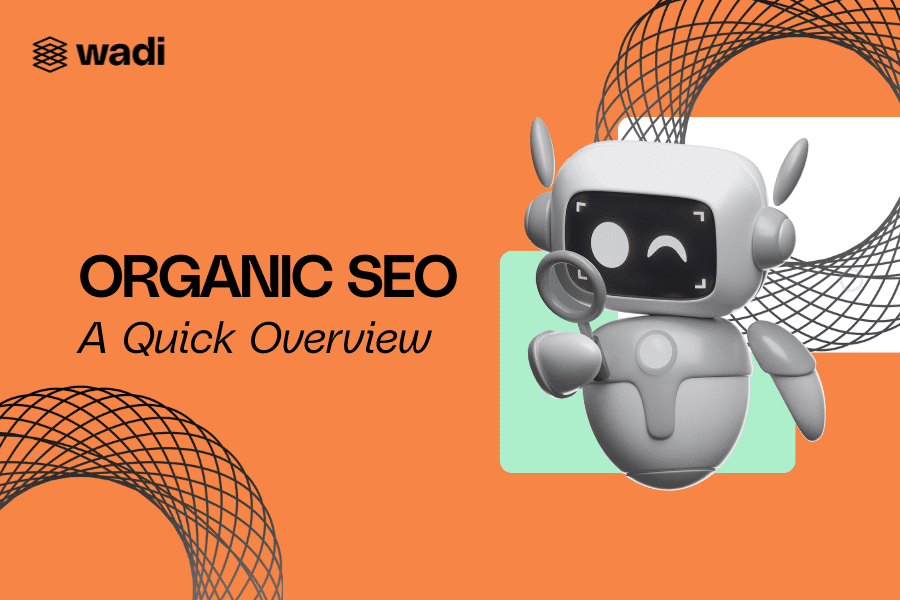The most popular search engine advertising platforms are Google Ads and Bing Ads. In a Google Ads campaign, your brand will be able to reach your target customers and be seen across the web through text-based search ads, display ads, video ads, and app ads. If you decide to place ads in Bing Ads, they can be seen on the search network, other sites within the content network, Yahoo search, and Yahoo Publisher Network.
The Need to Maximize Click-Through Ratio
Many companies aim to increase their click-through ratio (CTR). CTR is a metric that calculates how many clicks your ads receive. This is the percentage of how many users view your company’s ad and how many actually click the ad (clicks divided by impressions). Through this definition, you can see that increasing CTR is important for a successful PPC campaign.
One of the major factors that affect your Quality Score (QS), which is the measure of the quality, relevance, and effectiveness of your keywords, your text ads and the text on your landing page. You can learn more about Quality Score and lowering CPCs on our blog here. To ensure that your QS, CTR, and other key areas are on the right track, an account audit is highly recommended. An account audit lets you see how your company’s PPC campaign ranks compared to competitors.

Using Dynamic Keyword Insertion (DKI)
One effective way to increase your CTR is by utilizing dynamic keyword insertion (DKI) into search ad campaigns.
Google Ads offer Dynamic Keyword Insertion (DKI). Bing Ads also has a dynamic text feature which works the same way as Google Ads, though they have three distinct types that may not be familiar to AdWords users: placeholders, destination URLs, and keywords.
DKI is an advanced feature of AdWords, but it is relatively simple to use. When this special snippet of code is inserted by the account manager, the customer that uses the keyword when they search makes AdWords automatically replace the code with the search term that triggered your ad. This feature enables companies to customize an ad based on a searcher’s query in the search engine. This means that the ad of the company is updated dynamically to include the search query of the user. In other words, whatever someone searches in Google or Bing, that text shows up as your ad headline, making it much more likely searchers will find your ad relevant and click your ad.
The most useful place to dynamically insert the keyword is the headline. DKI takes the place of either Headline 1 or Headline 2 in Google Ads or Bing Ads with the search term entered into the search engine.
One guideline to remember in using DKI is that if the search term the user entered exceeds 30 or more characters, you can use a default text found in the headline – of your choosing. The reason behind this is because both Google and Bing only serve ads that contain 30 characters per headline, this ensures that the text of your ads do not get cut off for being too long.
For each ad group, the recommended number of DKI should be at least one. You should use DKI very sparingly. If used liberally, it has the tendency to not make sense or to breach trademark violations, which could jeopardize your Google Ads account.
Brands and companies need to realize that using DKI attracts a larger net of relevant traffic. Case studies show that utilizing DKI in ads generally increases the click-through-ratio by more than 50% on average, and increases conversion rate by 67% on average. Since CTR is increased with the use of DKI, it also helps with your company’s QS because there is a better correlation between search terms and ad text.
Since you achieve a higher CTR by using DKI, you will be able to get more conversions for a lower cost by lowering bids – making your Search Engine Marketing campaigns get more leads and become more profitable.






